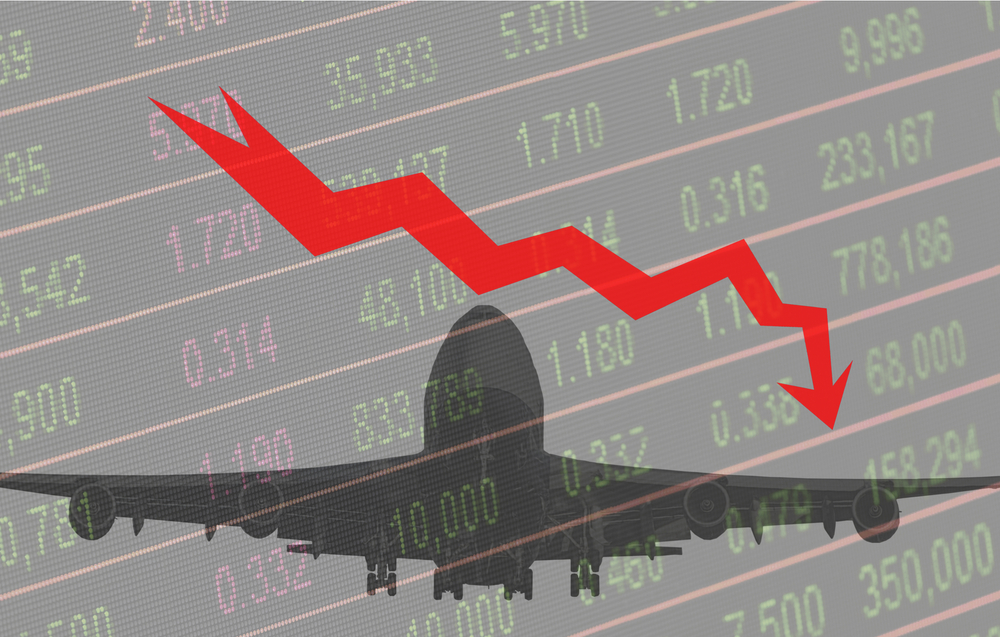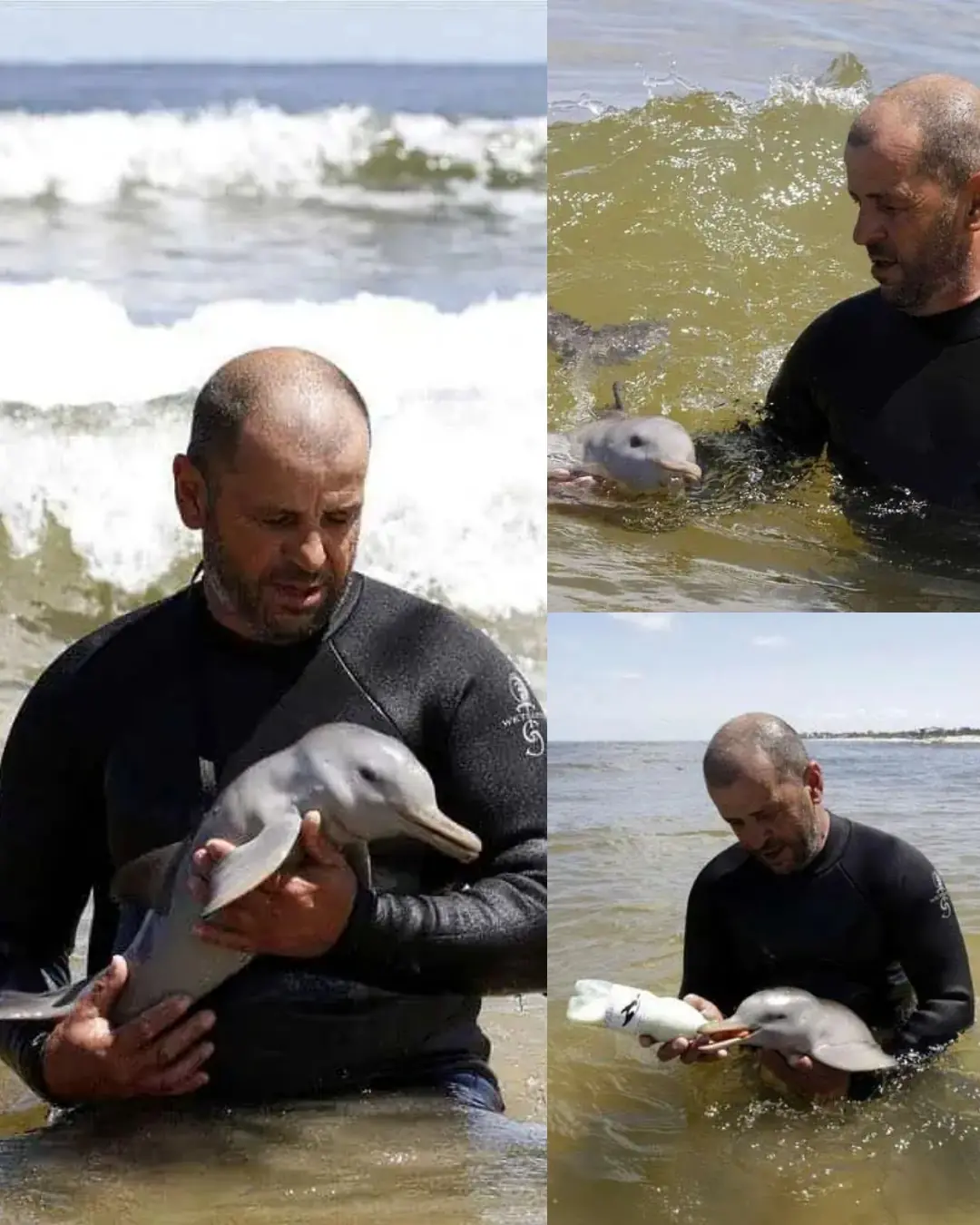
Global AWS Outage Disrupts Major Apps and Airlines, Exposing the Internet’s Fragile Backbone

In the dim hours of Monday morning, millions of people across the globe stared in disbelief at frozen screens and lifeless apps. From New York to London, from Sydney to São Paulo, digital life simply stopped. Websites refused to load, payment systems stalled, and streaming platforms went dark. The culprit was Amazon Web Services (AWS)—the invisible engine powering much of the modern internet—which had suffered a massive technical outage that rippled across continents. For a few tense hours, the vast digital nervous system connecting the world showed just how fragile it really is.
What unfolded was far more than a temporary inconvenience. It was a sobering reminder of humanity’s growing dependence on a small cluster of cloud computing providers. When AWS stumbles, the world doesn’t just lose entertainment or shopping apps—it disrupts airlines, banking systems, emergency communications, and government operations. As engineers raced against time to restore functionality, millions were left wondering: how could a single company’s technical hiccup fracture the global digital ecosystem that underpins daily life?
The Ripple Effect of a Cloud Outage
For over a decade, AWS has been synonymous with reliability and scale, providing the digital backbone for everything from Netflix to NASA. It handles data storage, computing, and digital transactions on an almost inconceivable level. Yet early Monday morning, the company reported “increased error rates and latencies” in its US-EAST-1 region—its sprawling cluster of data centers in Northern Virginia, one of the most critical nodes in its global network. Within minutes, the world felt the shockwave.
According to DownDetector, users from cities like New York, San Francisco, and Los Angeles began flooding the platform with outage reports. Nearly half of all global disruptions traced back to the U.S. East Coast, underscoring just how many international services rely on that single geographic hub. Food delivery apps froze mid-order, financial transactions failed to process, and video streams cut out mid-show. Even workers trying to access remote documents or project dashboards were locked out entirely. In an era where life, work, and communication are all tethered to constant connectivity, the outage revealed just how swiftly a digital heartbeat can skip—and how deeply that affects human routines.
AWS built its reputation on near-flawless uptime. But even titans can falter. The brief silence of the cloud served as a wake-up call for everyone who assumes that digital infrastructure is too advanced to fail. “The cloud,” as this event reminded us, isn’t some magical, self-healing entity floating in the sky—it’s a vast network of physical machines, cables, and human oversight. Redundancy may prevent catastrophe, but it cannot guarantee immunity.
The Domino Effect: Apps and Industries Brought to Their Knees
The outage’s reach was astonishing, touching nearly every sector of online life. Social media platforms like Snapchat, Reddit, and Facebook were among the first to falter, their servers unable to reach AWS’s central systems. Millions of users were abruptly cut off from their habitual morning scrolls, greeted instead by cryptic error messages and frozen screens. Snapchat alone saw over 7,000 reported failures at the outage’s peak—a glimpse into how intertwined these platforms are with Amazon’s infrastructure.
The gaming industry, too, plunged into chaos. Players of Fortnite, Roblox, and Clash of Clans found themselves abruptly disconnected, their progress lost to limbo. For millions of young users who treat these virtual worlds as social spaces, the outage felt like an emotional dislocation—an invisible wall cutting them off from friends and communities. Even airlines weren’t spared: both Delta and United reported problems with booking systems and check-in portals, though flights themselves continued running.
Financial and public sectors felt the strain as well. In the United Kingdom, customers of Lloyds, Halifax, and Bank of Scotland were unable to access online banking or make payments. Several government digital services—including Gov.uk and HMRC—experienced temporary downtime. Officials confirmed that Amazon engineers were directly assisting in restoration efforts. What emerged from this cascade of failures was a clear and unsettling picture: the modern world’s essential systems—finance, transportation, communication—are all tightly bound to a few corporate data centers thousands of miles away.
Amazon’s Response and the Anatomy of the Failure
By midmorning, AWS engineers had pinpointed the problem: a failure in the Domain Name System (DNS) resolution of the DynamoDB API endpoint in the affected region. In plain terms, DNS acts as the internet’s phonebook—translating readable addresses like “amazon.com” into machine-readable IP numbers. When that translation process breaks down, services can no longer find one another, leaving websites and apps effectively stranded in digital fog.
Amazon confirmed “significant error rates” but assured customers that “the underlying DNS issue has been fully mitigated.” The crisis may have been under control, but recovery was slow. Services like AWS CloudTrail and Lambda struggled with backlogged requests, creating hours of lag as systems recalibrated. The episode demonstrated a harsh truth: restoring access is only half the battle—stabilizing the digital ecosystem can take much longer.
The incident also reignited debates about transparency and oversight in the cloud industry. AWS currently holds roughly 31% of the global cloud market—more than Microsoft Azure and Google Cloud combined in certain sectors. Its dominance brings convenience, but also immense responsibility. While Amazon’s swift response was praised, experts called for greater openness about root causes and long-term safeguards. The digital world, they argued, deserves more than reassurance; it deserves accountability.
A Single Point of Failure in a “Decentralized” Internet
For years, technologists have warned that centralization breeds fragility. The internet is often portrayed as a sprawling, decentralized web, yet in practice, much of its traffic and storage flows through a handful of cloud giants. When a node as critical as AWS’s US-EAST-1 falters, the illusion of independence collapses, revealing a world of hidden interdependence.
Cybersecurity expert Dr. Nicole Perlroth once called AWS “a pillar of the modern economy.” Monday’s events proved her right. From social media and banking to hospital systems and emergency apps, AWS’s reach touches almost every aspect of modern life. According to Synergy Research Group, its market presence continues to outpace competitors in both revenue and infrastructure scope. That concentration of power offers efficiency—but also makes the global internet astonishingly vulnerable to singular points of failure.
This outage underscored a paradox at the heart of technological progress: the same systems that promise seamless global integration also create unprecedented fragility. Redundant systems and backup protocols offer protection, but not independence. When every major service relies on identical architectures, resilience becomes a shared illusion.
Lessons from the Cloud: Building True Digital Resilience
This incident joins a growing list of AWS failures—like those in December 2021 and June 2023—that have shaken public trust in the stability of cloud-based life. Despite enormous investments in redundancy and automation, each event poses the same existential question: what happens when the cloud goes dark?
Experts are increasingly calling for “multi-cloud” strategies—spreading workloads across different providers to reduce systemic risk. Cybersecurity analyst Kevin Beaumont argues that real resilience demands more than just data backups; it requires architectural diversity, independent failover systems, and rigorous stress testing. For corporations, this means prioritizing long-term reliability over short-term convenience. For individuals, it’s a reminder that digital comfort comes with invisible dependencies.
The deeper issue is not technological—it’s psychological. Humanity has come to treat constant connectivity as a given, as natural as air. The AWS outage shattered that illusion, exposing how little buffer exists between our hyperconnected society and sudden isolation.
A Reflection: The Fragility Behind the Screens
Beyond the headlines and technical analyses, this event offers a meditation on the limits of digital perfection. The “cloud” often feels infinite and ethereal, but in truth, it rests on an intricate network of cables, cooling systems, and human operators. When one link weakens, the illusion of permanence vanishes. Each outage, however brief, is a reminder that technology remains human—capable of brilliance, but also of error.
In the aftermath, engineers will reinforce systems, companies will revisit contingency plans, and users will return to their feeds and transactions. Yet the larger lesson endures: every digital moment—every text, transfer, or stream—depends on a fragile choreography of code and cooperation. As one cybersecurity expert put it after a similar breakdown, “The internet feels infinite until it suddenly stops working.”
Perhaps the real takeaway from this global pause is not fear, but awareness. The cloud, for all its might, is still built by human hands and sustained by human vigilance. Recognizing that fragility isn’t a weakness—it’s the first step toward creating a digital world resilient enough to survive its own complexity.
News in the same category


4 types of ornamental plants that easily cause allergies and poisoning in children, parents should consider before planting

Most Attractive Hobby a Man Can Have According to Women

Make Your Sausages Juicier and More Flavorful With This One Simple Step Before Cooking

Don’t Leave Your Phone Charger Plugged In

These Wax Worm Caterpillars Can Eat & Digest a Plastic Bag in Just One Day

AI Laser Zaps 30 Mosquitoes Per Second from 6 Meters Away

What Is Frank’s Sign

Can You See the Hidden Number in This Optical Illusion

Choose a Potion

The Meaning Behind the WC Toilet Sign

Trump Claims Tariffs Ended Six Wars: The Politics Behind His Latest Foreign Policy Assertion

Scientists Catch Grumpy Cat of the Himalayas on Camera for the First Time

Most people will go their entire lives without ever knowing what the microwave ring cover is actually for

The reason behind children not visiting their parents

Backlash Grows After Trump’s Dismissive Comment to Female Journalist

Scientists Just Won a Nobel Prize for Discovering How to Stop Your Immune System from Attacking You

What’s the Reason Behind Painting Trees White?

People Left Disgusted: Shocking Truth About How Crabsticks Are Made
News Post

What Happens If You Eat 4 Whole Eggs a Day for 30 Days?

The Most Powerful Anti-Cancer Food You’ve Probably Never Tried

How to Use Frozen Lemon to Help Combat Malignant Tumors in the Body

When a Liger Met the Dolphins.

A Great Day in Harlem — and the Echo That Followed.

A Limping Giant’s Second Chance: The Young Elephant Who Refused to Fall.

Vitamin K2: The Underrated Nutrient That Protects Your Heart and Arteries

The Little Girl and the Crows.

The Rickshaw Driver Who Sent 300 Children to School.

The Girl Who Hugged the Enemy – Normandy, 1944.

The Lioness Who Couldn’t and the Dog Who Did: A Story of Unexpected Motherhood

Maverick’s Return to Joy: From Hospital Halls to Home on the Horizon

The Riders of the Rhino: A Living Legend Emerges from the Wild

The Day the Sea Played a Joke: Fisherman, Cat, and the Pelican That Didn’t Think Twice

Grace’s Story: A Life Measured in Courage, Resilience, and Dance

Free-to-play Futurama: Hit & Run game could be the sequel fans have waited 22 years for

Trump and Zelensky have savage response to calls to build 70-mile tunnel linking Alaska to Russia

The Man and the Dolphin: A Story of Compassion That Touched the World

Mavy’s Countdown to Freedom: A Chair, a Smile, and the End of a Long Hospital Stay
